A painstakingly comprehensive Ohio exhibition reveals how the birth of the Pride movement changed art forever…
By Doug Wallace
“It’s the new San Francisco!” That’s what I keep telling people who ask why I’m going to Columbus, Ohio, in the middle of March. I pull this out of thin air, but everyone seems to buy it.
Really, I’m going to see Art After Stonewall, 1969-1989 at the Columbus Museum of Art (CMA), a collection of more than 200 works by queer artists and their allies from 1969 to 1989. Helping to mark the 50th anniversary of the Stonewall Riots, the show explores the impact of the LGBTQ civil rights movement on the art world, demonstrating how artists, avant-gardists, political activists and general social change brought forth a new reflection of emerging queer subcultures. The exhibition had to close for a few months during the pandemic outbreak, but is expected to be back up and running until some time in the early autumn, with a small but interesting encapsulation available at ColumbusMuseum.org/Stonewall.
The fact that Art News magazine called it “one of the most important exhibitions of the decade” is enough to sell me on this straight away. But the big question on my mind is: Why Columbus? Why not New York?

Art After Stonewall is the brainchild of Jonathan Weinberg, an artist, art historian and critic who teaches at the Yale School of Art. His idea was championed by the CMA, and a team of CMA curators – including Tyler Cann and Drew Sawyer – began working on the show several years ago. They were surprised to find that in the lead-up to the 50th anniversary of the Stonewall Riots, there was no major celebratory art exhibition planned for the summer of 2019. So the Columbus project became “it.”
“We assumed there’d be a glut of shows, and that it was going to be difficult to get loans for our show, a historical-based exhibition,” says art historian and co-curator Daniel Marcus. “Then at one point, Jonathan realized that there just wasn’t another museum doing what we were doing, so there wouldn’t be any conflict of loan. That’s when we decided to open in New York in 2019.”
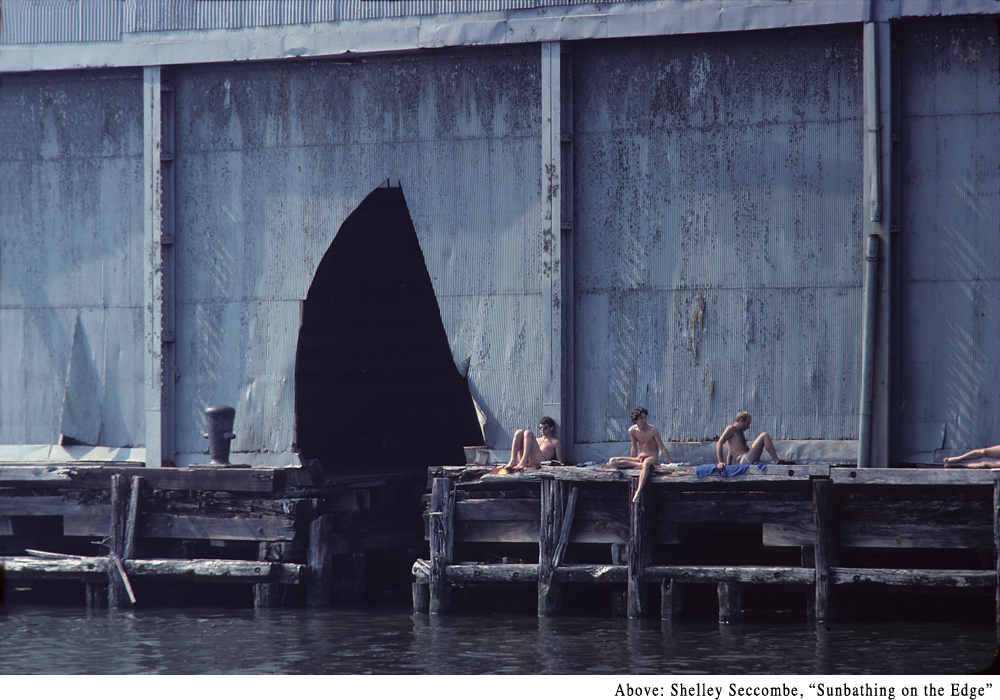
And the crowd went wild
To say the exhibition was a hit is an understatement. Ditto the reviews in Miami, the show’s autumn stop on the road before it moved into two floors of the CMA this past March. It covers a huge swath of photography, painting, sculpture and music, as well as conceptual, performance, film and video art.
Included are era-defining photographs from JEB (Joan E. Biren), Shelley Seccombe, Diana Davies, Sunil Gupta, Tseng Kwong Chi and Crawford Barton, along with seminal canvases from the likes of artists Keith Haring, Lula Mae Blocton and Tabboo! Other artists represented include Vaginal Davis, Louise Fishman, David Hockney, Lyle Ashton Harris, Greer Lankton, Robert Mapplethorpe, Catherine Opie, Andy Warhol and Martin Wong, as well as works by straight-identified artists seeking engagement with queer subcultures.
A smattering of historical documents and media imagery are also on display, including iconic posters from the likes of Gay Liberation Front and AIDS activist group ACT UP. There’s a complete, hot pink leather outfit – cap, harness, chaps and all – and even an actual closet from installation artist Robert Gober. This is all thanks to support from both The Andy Warhol Foundation for the Visual Arts and the Keith Haring Foundation.
As with all shows of this size, a few of the works were challenging to move and install. These include a delicate, fabric-wrapped, ladder-like form from artist Harmony Hammond, and sculptor Scott Burton’s two-part chair, consisting of two 800-pound pieces of granite that require each other to remain upright. These two works in particular seem to sum up the argument of the show, which is so much about presence and “being here.”
“It was incredible that we were able to get what we got,” Marcus says. “It’s a comprehensive show, even though the subject itself is inexhaustible. We couldn’t represent every facet of queer art, but we will be remembered as having done a good job at representation.” An advisory group helped the curators include artists who otherwise might not have been on their radar.
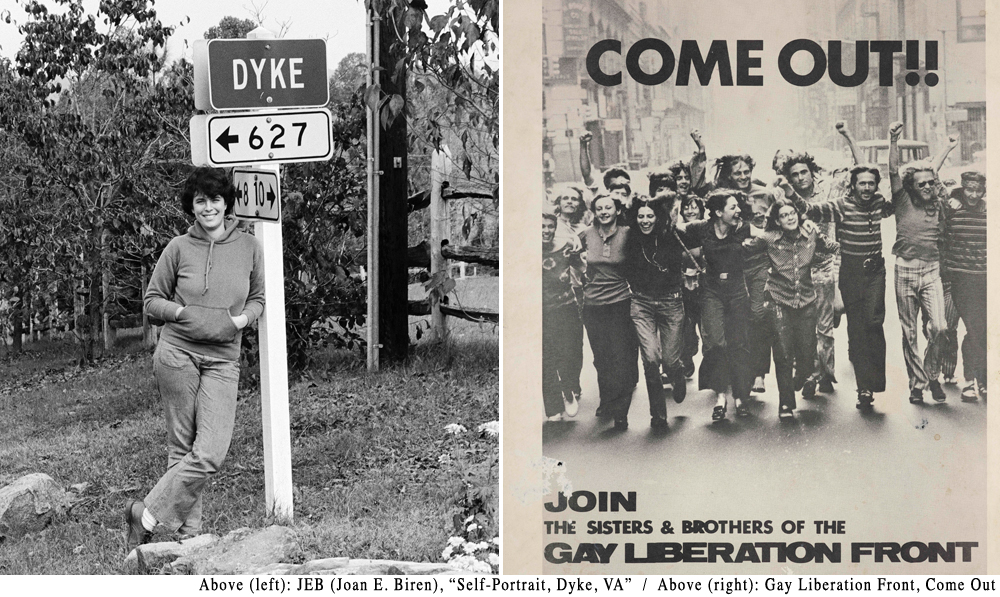
Streets paved with glitter
Rubbing elbows with the locals, I find out that Columbus has been a queer-friendly city for a long time, a significant part of the queer culture of the upper Midwest. LGBTQ community centre Stonewall Columbus – similar to Toronto’s The 519 – is part of that history. Founded in 1981, it continues to connect people through programs, resources and events, including a very large Pride, which is slated for October 3. Maybe this is your fall road trip?
But civic gay-friendliness is not the only reason Art After Stonewall is a good fit here. “The exhibit is pitch-perfect for the CMA,” Marcus says, “due to the kind of collection it has built up: a lot of the programming we do is oriented towards social histories and social struggles. The struggles of ordinary people are central to the history that runs through the museum.”
As for the take-home, one main thrust is simply that this art exists: a presentation of art by openly queer artists that is not relegated to the margins of a museum but the focal point – with all the wounds of the battle for queer recognition, representation and civil rights front and centre. This is particularly important for a younger audience.
Art After Stonewall also wants to draw attention to the fact that queer issues and queer art didn’t magically appear at the end of the 1980s with AIDS activism. “That’s the kind of misleading stuff that’s taught in lecture halls,” says Marcus, an art history lecturer himself. “The exhibition wants to say that the history of contemporary art is in so many ways the history of queer culture.”
I was happy to be able to squeak in this one last travel junket just before the borders closed. It’s a seven-hour drive from Toronto, so perhaps a weekend in Windsor is in order, too. Since that trip, I’ve been happily occupied with all my armchair travelling, reliving my CMA visit online and planning my return to Ohio. As It turns out, Columbus is the new Columbus.
—
DOUG WALLACE is the editor and publisher of travel resource TravelRight.Today.

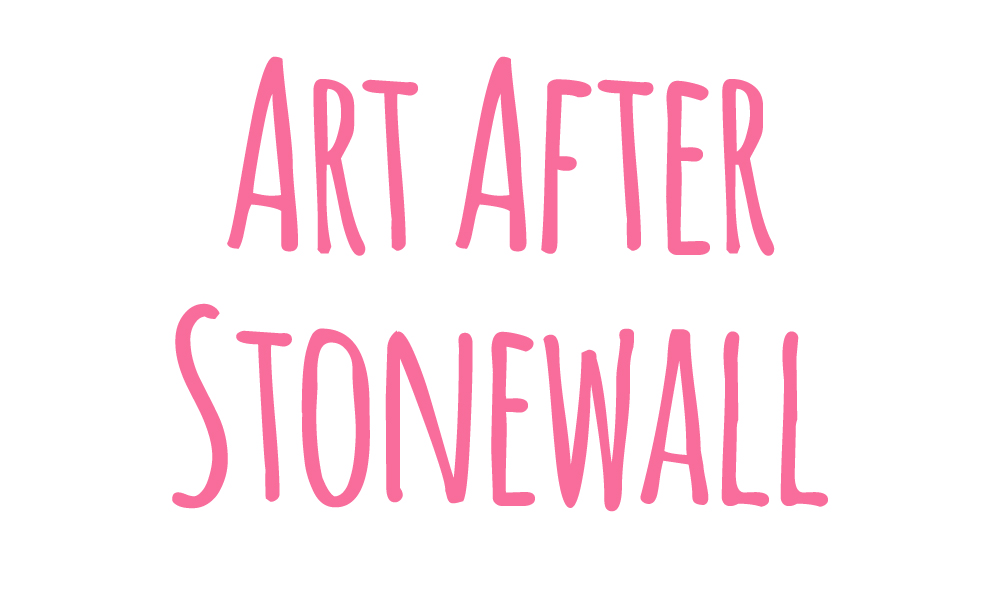
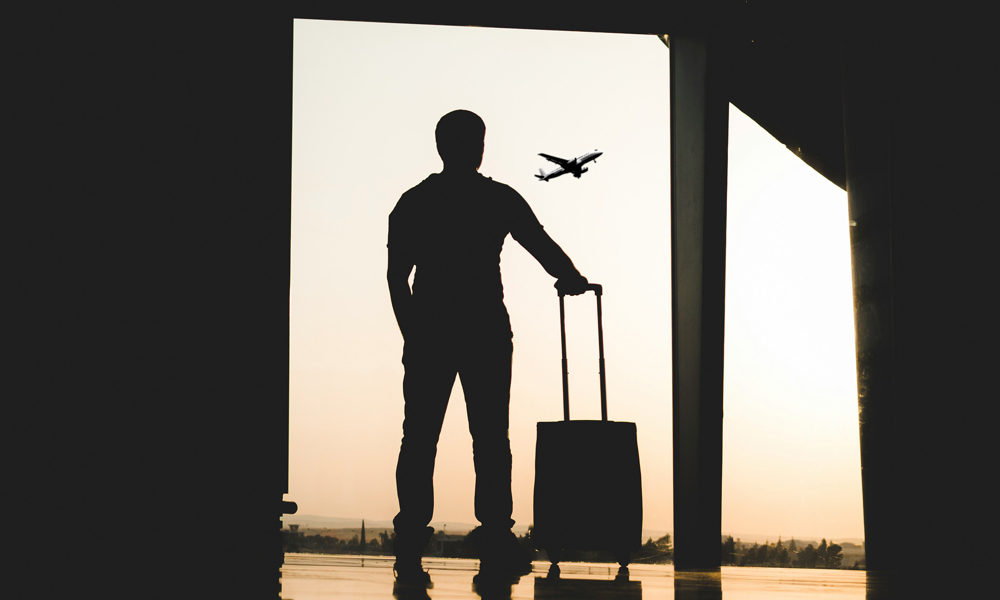
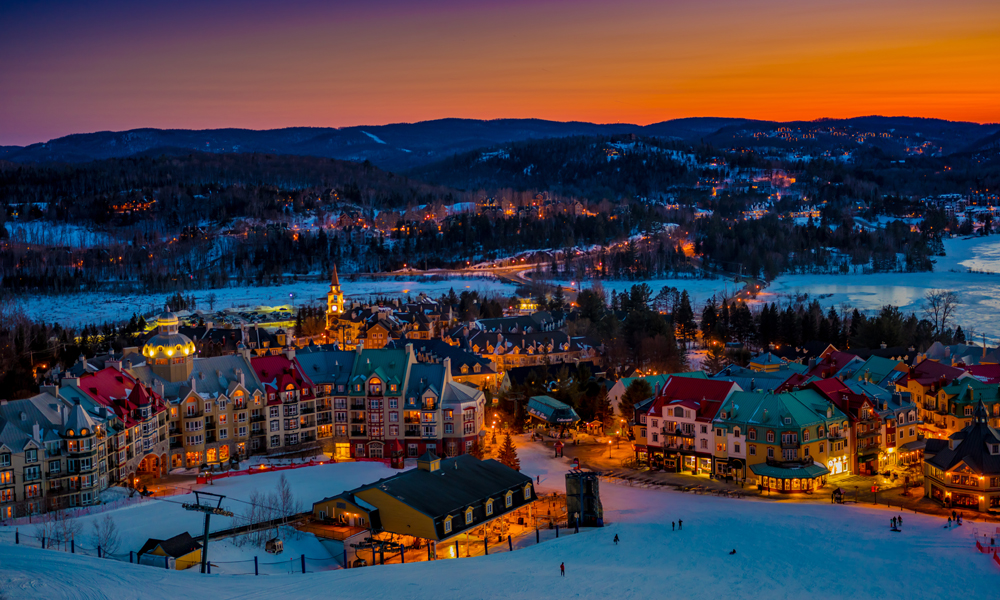
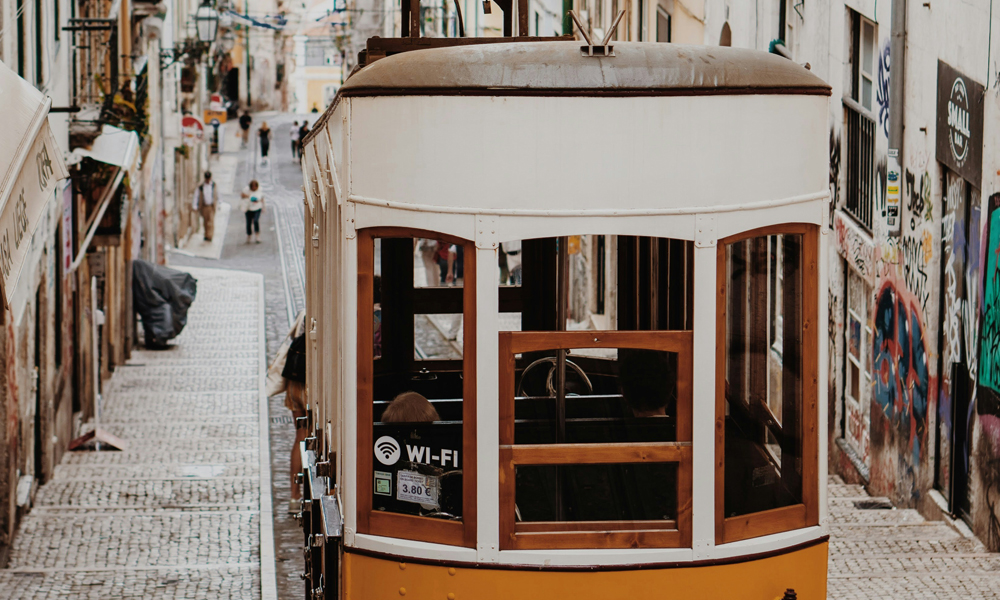

POST A COMMENT